Restored Yellowstone Stagecoach
Posted by SHOP PROJECT on Jun 6th 2022
This Yellowstone Stagecoach, which was completely restored and refurbished by Hansen Wheel & Wagon Shop (HWWS), of Mitchell, South Dakota, on behalf of the Cheyenne Frontier Days Old West Museum in Cheyenne, Wyoming back in 2018.
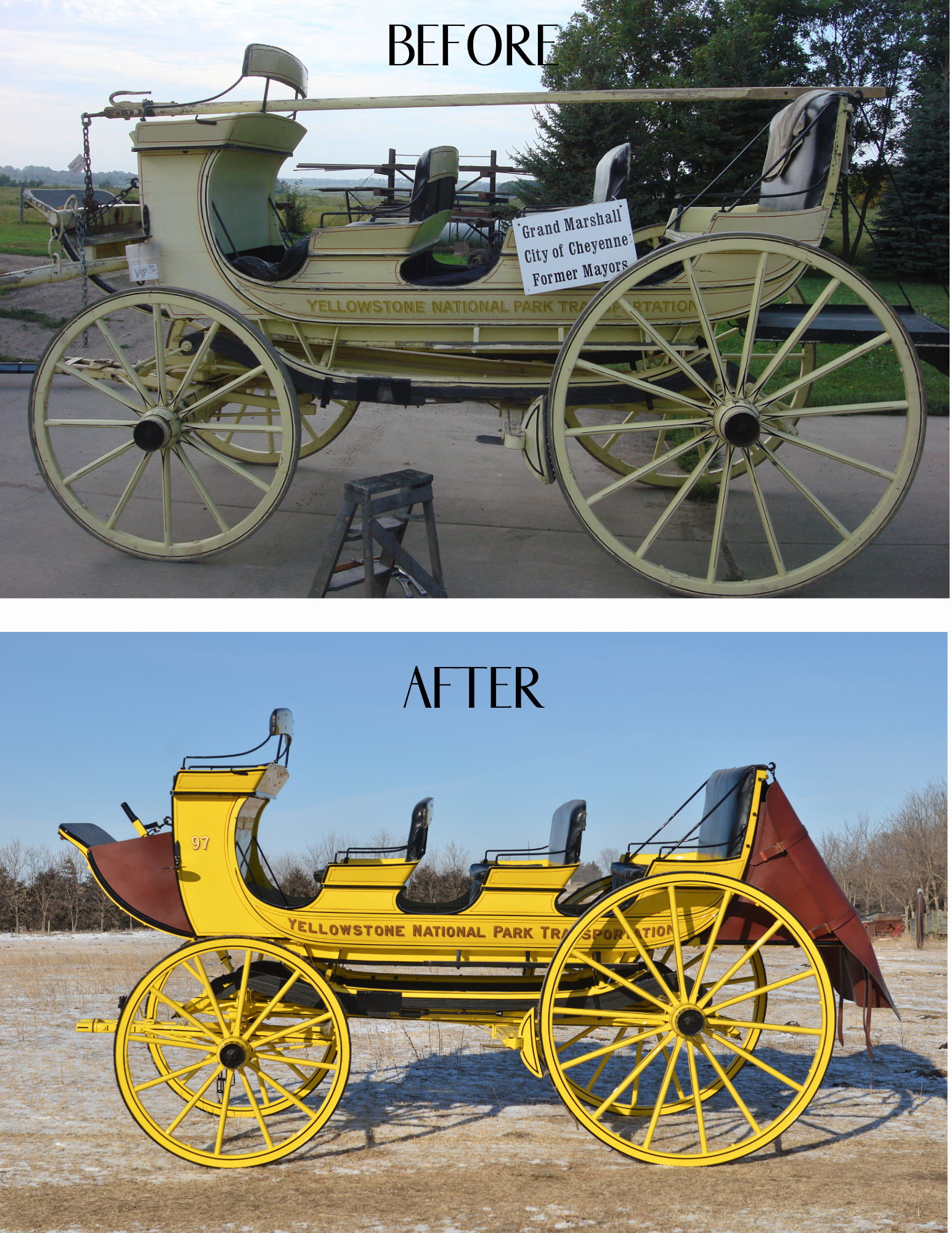
Acquired by Cheyenne Frontier Days parade chairman George Jones in 1928, this Yellowstone Stagecoach was once a fixture on the trails of Yellowstone National Park (YNP). Built by famed stagecoach maker Abbott-Downing of Concord, NH, this namesake coach was specifically designed to give travelers the most comfortable ride for sightseeing and was the first vehicle of its kind to bring visitors through the park.
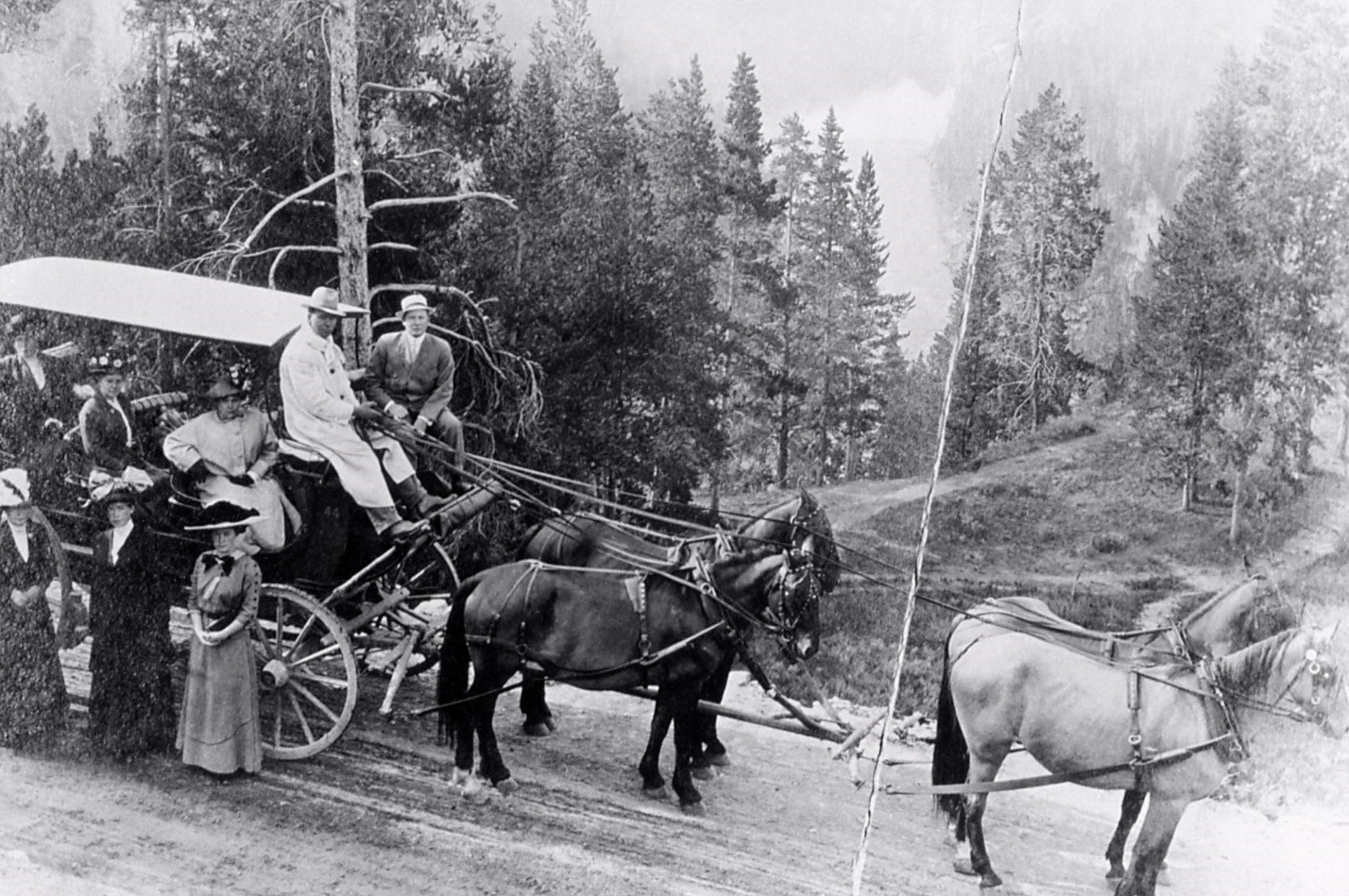
Yellowstone tourism in the early 1900s was a grand adventure for tourists who traveled from the East coast to experience the breathtaking views of the Wild West. (Public Domain Photo) View the high res image here: https://www.nps.gov/features/yell/slidefile/history/1872_1918/transportation/Images/02833.jpg
“America wanted to see Yellowstone in all of its glory, and taking a trip on one of these coaches was the best way to do it at the time,” said Doug Hansen, HWWS owner and founder. “The coach was designed to offer full visibility for everyone on board. All seats were forward facing, and the sides were completely open. The leather thorough braces offered a smooth ride over the rough terrain of the park, and the coach was equipped with storage in the front and back and under the seats for overnight bags. In the case of bad weather, tourists were protected with roll down storm curtains and lap blankets, and they traveled in comfort sitting on plush tufted leather seats stuffed with curled horse hair. The driver handling the lines was more open to the elements, but the prime seats for observing the park were for two lucky passengers who could sit up front next to him.”
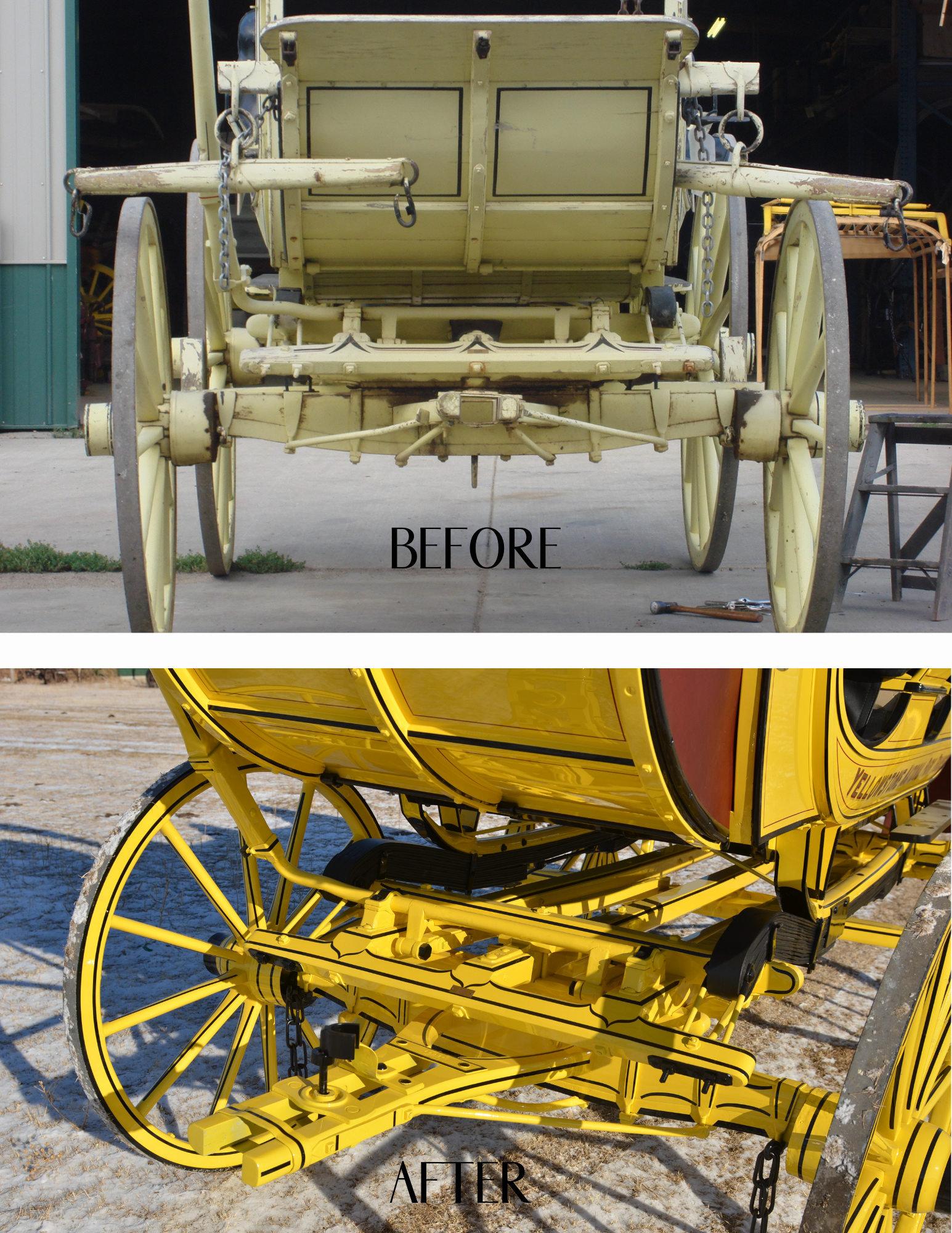
Pulled by six horses, the observation coach could carry 11 passengers. Wheels had to be greased every 50 miles, and the coach was equipped with brakes on the rear wheels. Features included; fringe top with side curtains, front and rear leather boots for luggage, lamp mounts for candle lamps, a retaining rail around driver’s position, and a lap apron for the driver and dusters for the passengers. The coach rode on leather suspension called “thorough braces.”
In debilitated shape after a century of use, the Cheyenne Frontier Days Old West Museum commissioned HWWS to bring this Yellowstone Stagecoach back to life, maintaining the integrity of the vehicle and preserving the many historical details for parade viewers and participants to enjoy every July.
From start to finish, the HWWS team dedicated 687 hours to restore the vehicle. An additional 127.5 hours were spent striping and lettering the coach with the traditional gold leaf.
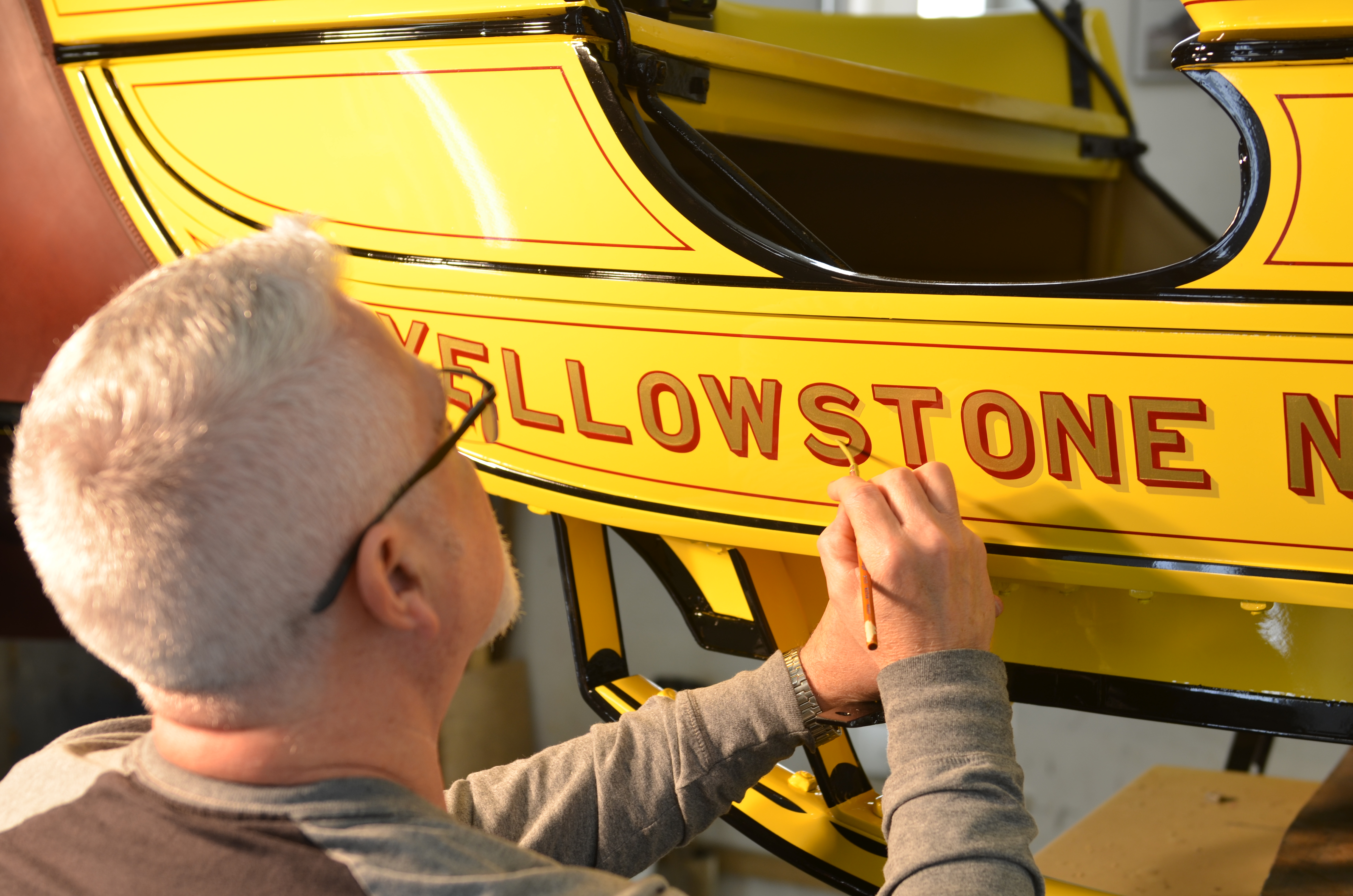
“There is 225 feet of thorough brace leather supporting the coach, said Leah Murray, HWWS sales and project manager. “It took five cow hides to replace the new boots (luggage compartments located at the front and back of the wagon), 40 board feet of lumber, 20 pounds of steel, and we spent a total of 462 hours just prepping and painting the coach.”
HWWS made several discoveries while restoring the coach, including a serial number, 22372, stamped at various locations throughout the vehicle, along with the blacksmith’s name, J.A. Gervais, who was the lead blacksmith for Abbott-Downing, confirming the maker’s identity.

Additionally, the number “97”could be found printed under the driver’s seat riser. This number indicated the fleet number, and a ticket purchased at the entrance of YNP would include an assigned fleet number that would direct tourists to the coach they would ride during their journey through the park.
“Restoring wagons is similar to the work archeologists do in trying to discover information about lost populations of people,” explained Doug Hansen. “This craft is based on a lost art and a lost industry, so it requires hours of historical research from old photographs, trade magazines, journals, artifacts found in museums and our inventory of 50 vehicles that we maintain in our private collection for reference during these projects.”
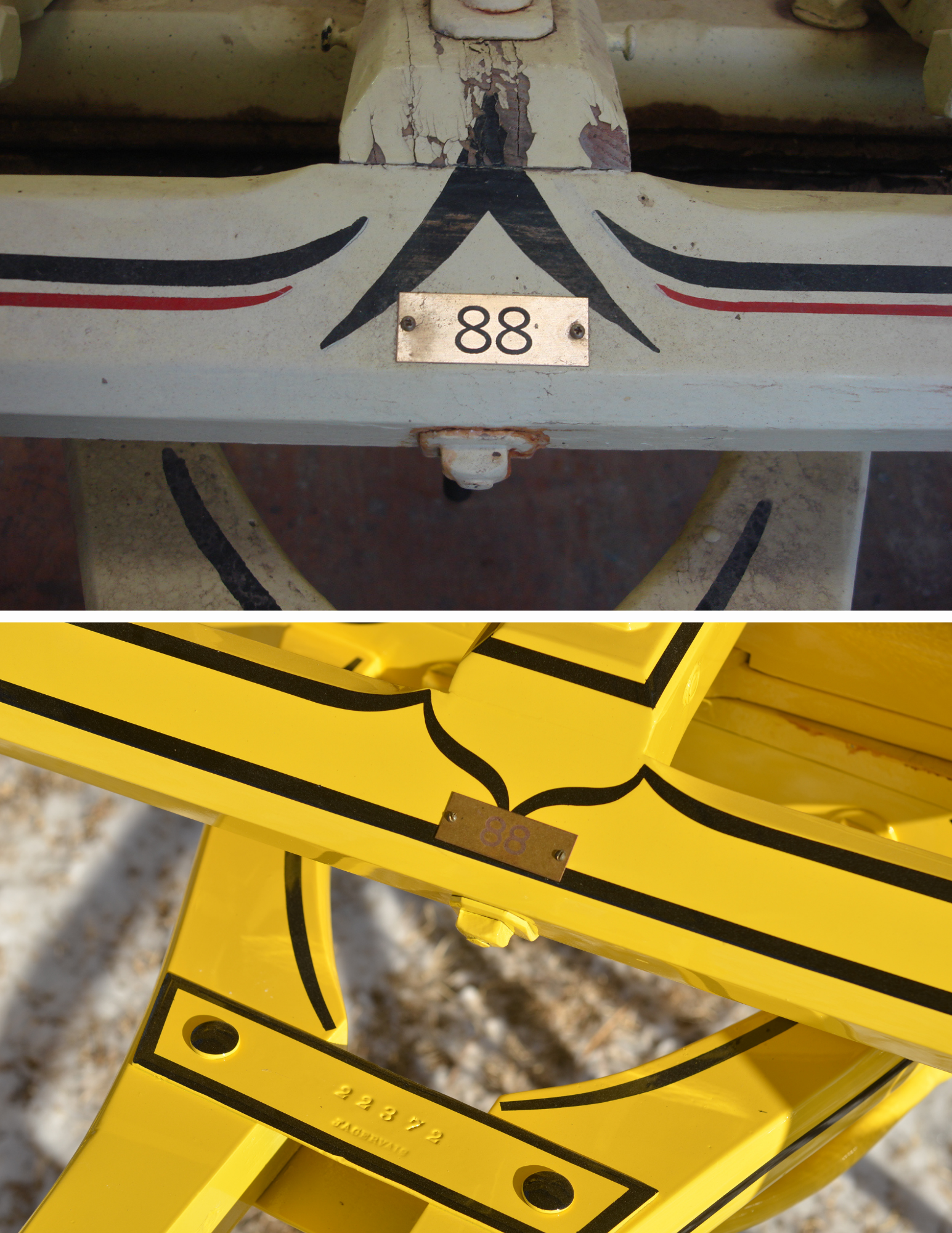
So, what was it like traveling through YNP on one of these Yellowstone Stagecoaches?
Three companies including Yellowstone National Park Transportation, Wiley Permanent Company and Yellowstone Western Company offered rides through the park on these sightseeing stagecoaches. It took five days to see all of the wonders of the park. Along the way, visitors enjoyed the beautiful landscapes —bubbling geysers, lush green forests, active wildlife, winding rivers —all while listening to colorful tales narrated by seasoned stagecoach drivers, who were frontiersman full of wilderness experiences to embellish their stories.
“We were lucky in seeing seven or eight geysers play, as our driver knew the signs, and drove furiously to reach the springs in time for the display,” said tourist Edmund Muskratt after visiting the park in 1884, as recorded in the book, ‘Storytelling In Yellowstone: Horse and Buggy Tour Guides” written by Lee H. Whittlesey.
On March 1, 1872, the U.S. Congress and President Ulysses S. Grant established YNP as the first national park in the U.S. For the next decade, traveling through the park was difficult and only a saddle horse or mule could navigate the primitive trails. In 1883, the U.S. Army Corps of Engineers began building roads into the park, which created a boom in tourism and an opportunity for entrepreneurs.
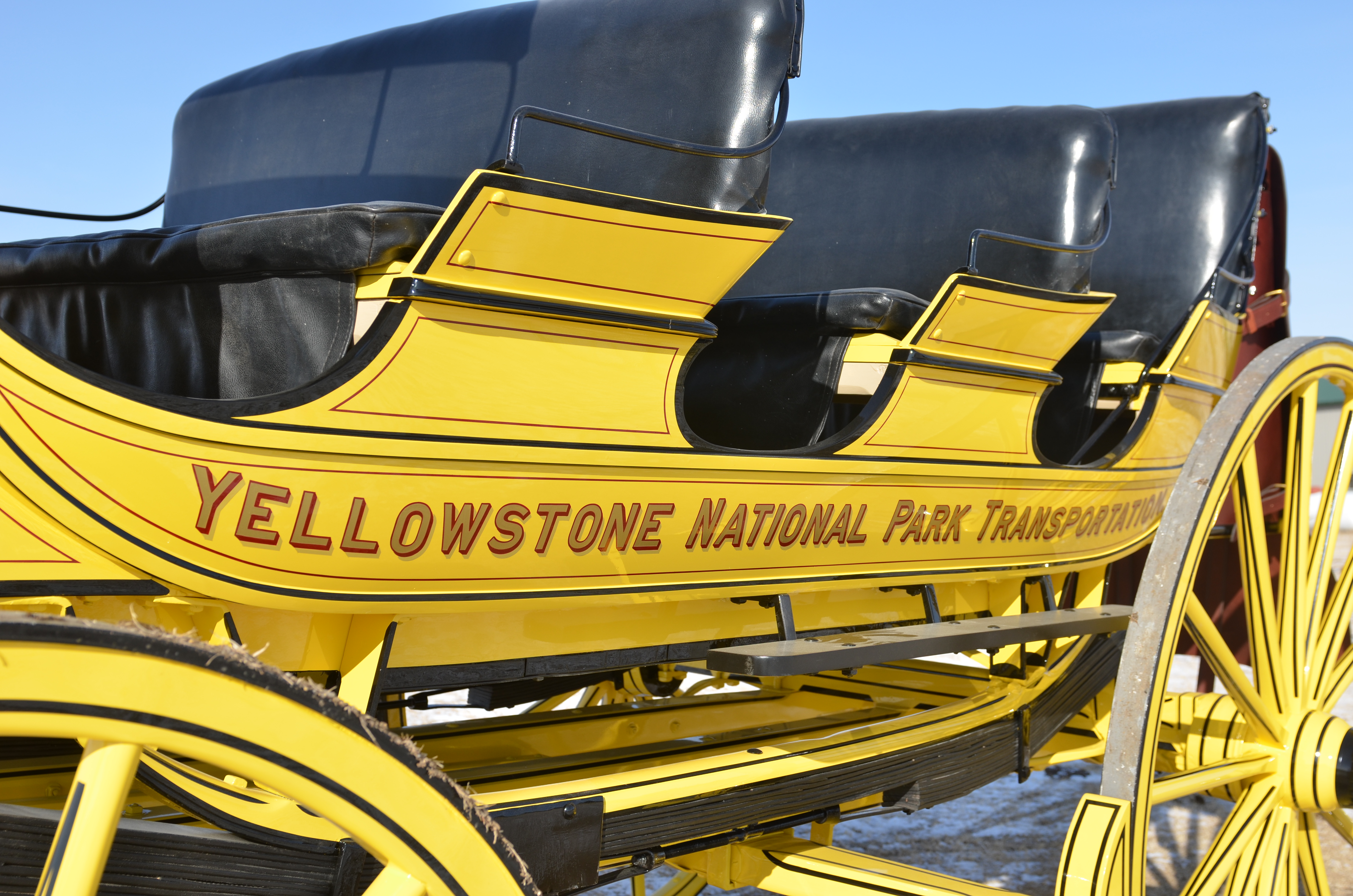
“Stories of the Wild West filled the eastern newspapers as fur trappers, gold miners and settlers began to head across the United States,” said Hansen. “When word about Yellowstone began to spread, people wanted to see for themselves what all of the talk of this ‘natural wonder’ was all about. This is how the world first saw YNP, and having the chance to restore one of these original stagecoaches reminds us about the history of the park and the excited people who traveled far and wide to see it at that time.”
“When Yellowstone Stagecoaches were decommissioned in 1915 and replaced by buses, the prominent ranches of the Cheyenne region acquired these stagecoaches for use to entertain guests, and they were eventually donated,” said Hansen. “It was a privilege to have the opportunity to restore and preserve this piece of history for future generations to enjoy.”
The Yellowstone Stagecoach joins a diverse collection of vehicles in the Cheyenne Frontier Days Old West Museum, all which represent Wyoming’s early frontier days and exemplify the cowboys, miners, frontiersmen and railway men who made their mark in history throughout this region.
You can view other projects in our wagon restoration showcase HERE
